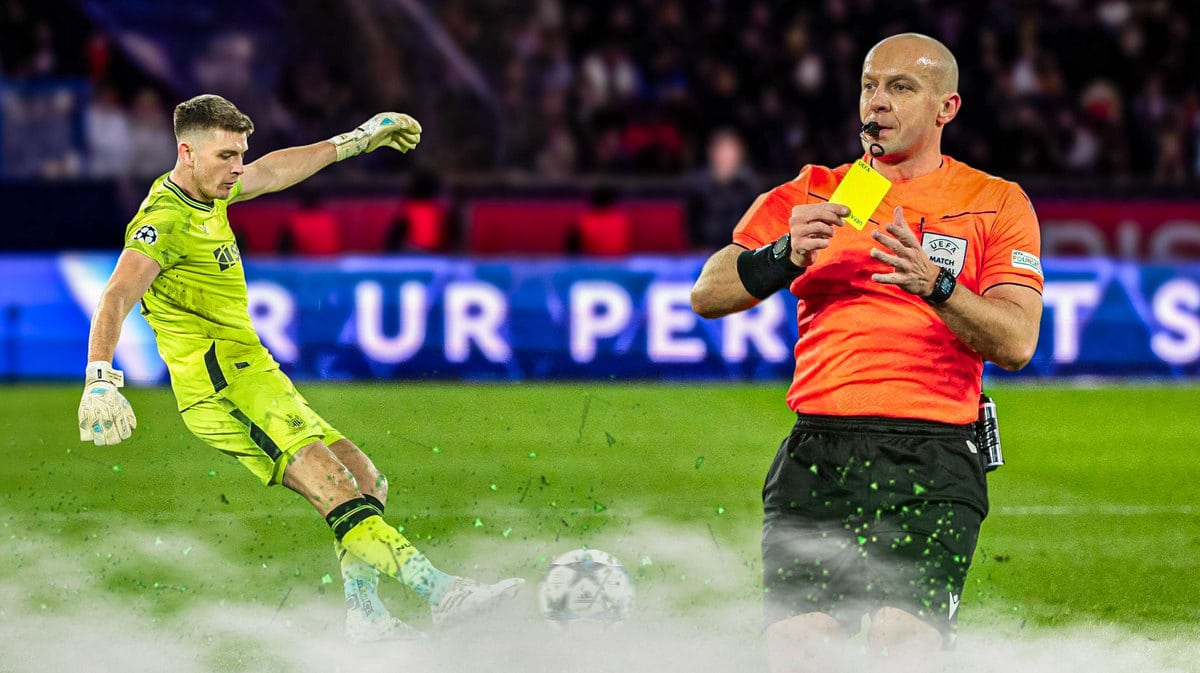Football rule makers are thinking about a big change to the rules that could really affect goalkeepers who waste time.
Right now, goalkeepers are allowed to hold the ball in their hands for six seconds.


But, in reality, this six-second rule is almost never enforced.
In many games, goalkeepers often hold onto the ball for 20 seconds or even longer, especially to run down the clock near the end of a match.
There are a couple of reasons why the six-second rule is not really used.
First, after six seconds, goalkeepers are often still surrounded by opposing players, especially during set pieces.
Second, giving an indirect free-kick in the penalty area as punishment seemed too harsh for the offense.
But now, plans to change this rule are moving forward in a “positive” way.
In the new version of the rule, goalkeepers would be allowed to hold the ball for eight seconds instead of six.
Also, referees would start using a five-second countdown with their hand to publicly show how much time the goalkeeper has left to release the ball.
And the penalty for holding the ball too long would also change.
The indirect free-kick inside the penalty area would be removed.
Instead, they are thinking about giving a throw-in or a corner kick to the other team.
They are testing out the eight-second rule and awarding corners in Premier League 2 this season, and also in another trial in Malta.
The feedback to Ifab, the group that makes the rules of football, is said to be good.
It’s not likely that these rule changes will happen for the 2025-26 season.
So, there will probably be another season of testing, and the new rules might be introduced for the 2026-27 season.
JUST NOT ON… OR OFF
Ifab is meeting in Belfast on Saturday for their yearly meeting to talk about video support for referees and updates to the offside rule.
Video support would let coaches challenge referee calls, like in tennis or cricket. The referee could then watch a video of the play and decide to keep their original call or change it.
This idea, made for competitions that can’t use VAR, has been tested in FIFA’s Women’s Under-17 and Under-20 World Cups.
The offside rule change could give attacking players more of an advantage.
Arsene Wenger, who is in charge of global football development at FIFA, had suggested the ‘daylight’ rule. It was tested in under-18 football in Italy, but it seemed to favor attackers too much because it would mean a player is onside if any part of their body is level with the second-to-last defender.
Instead, they are considering a new idea that looks at the upper body to determine offside.


